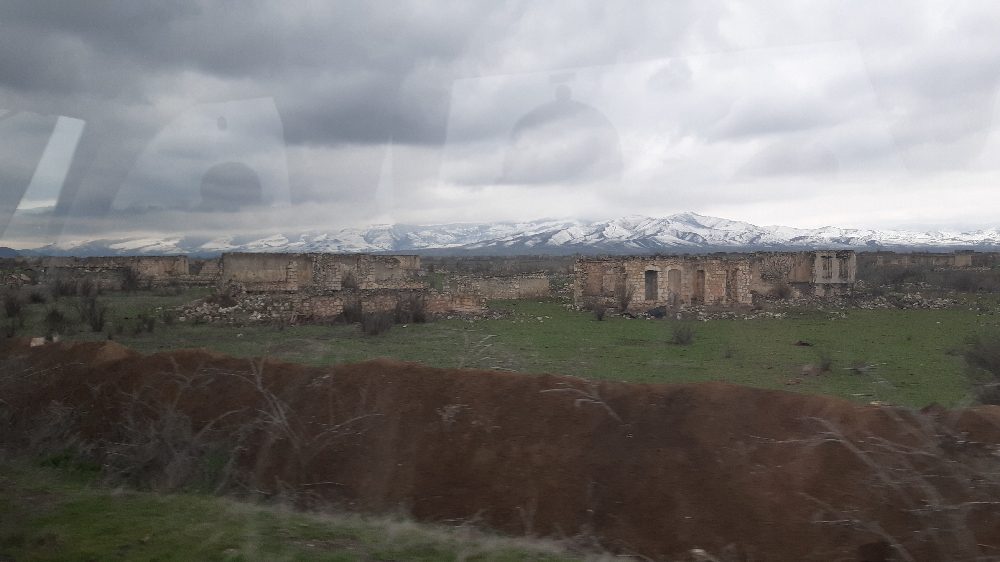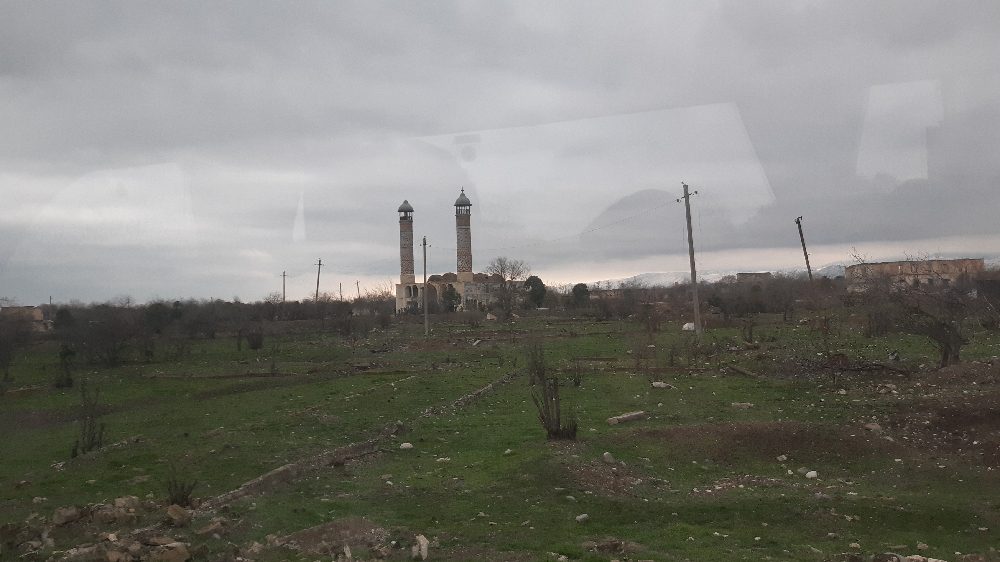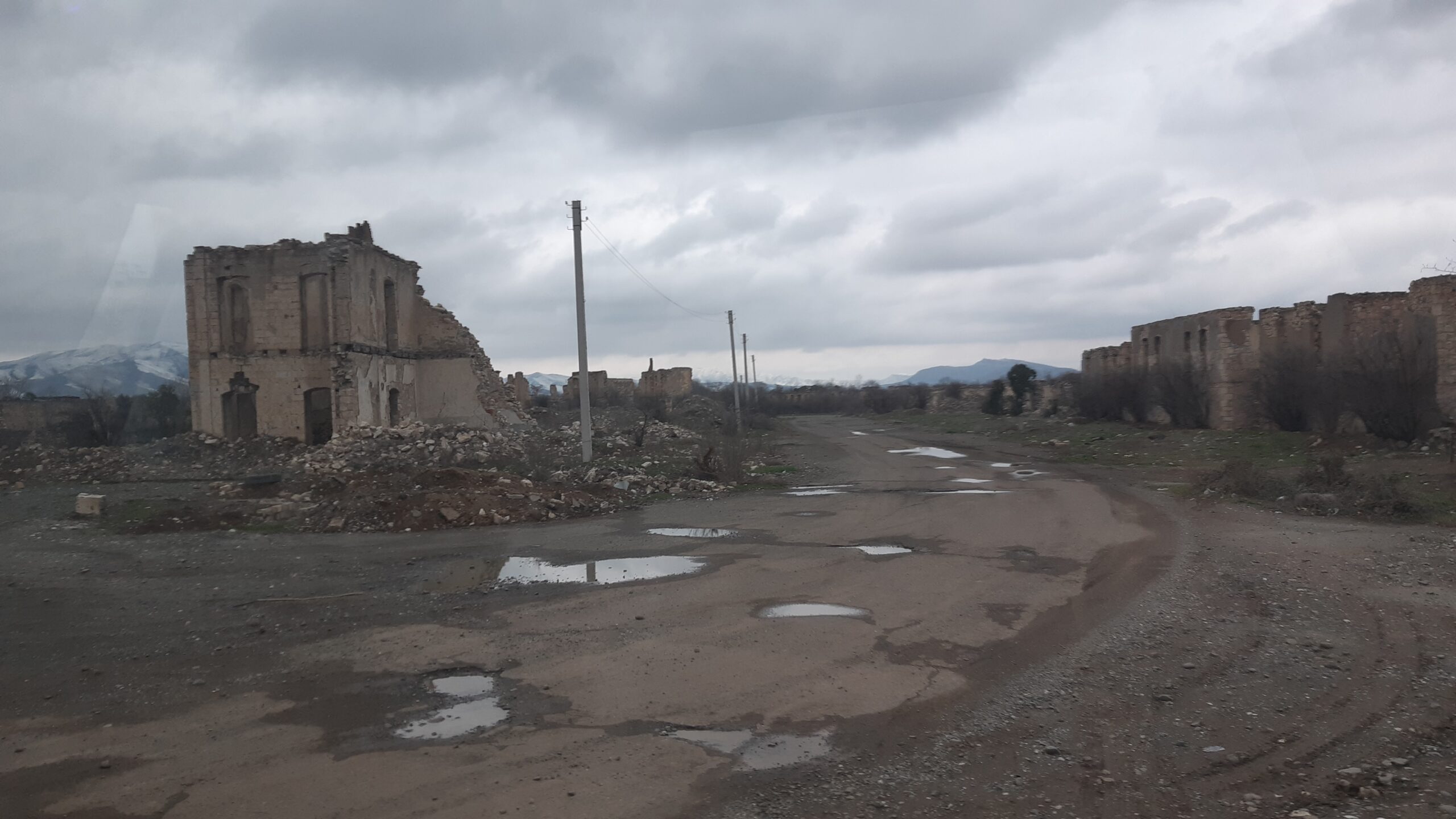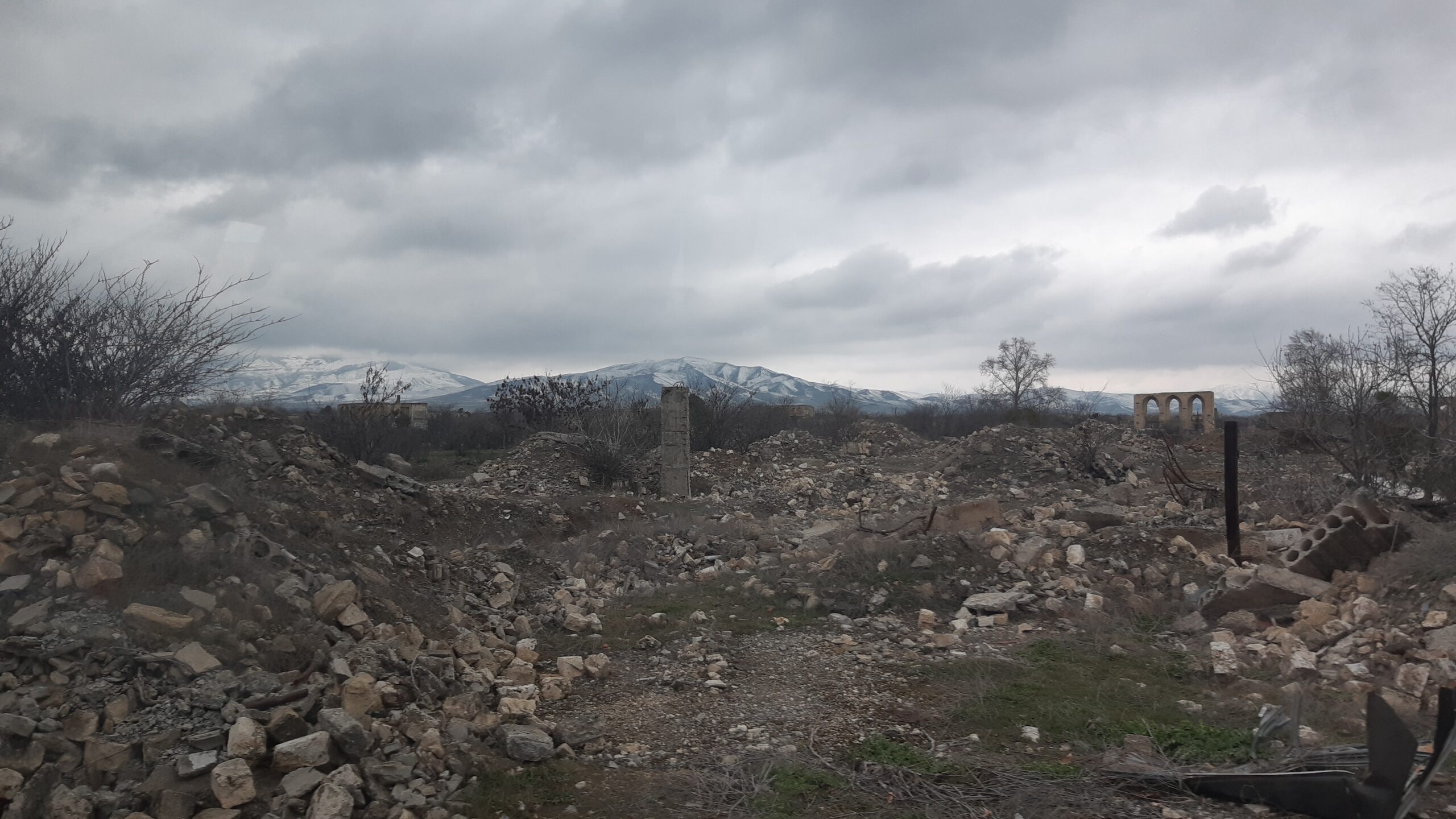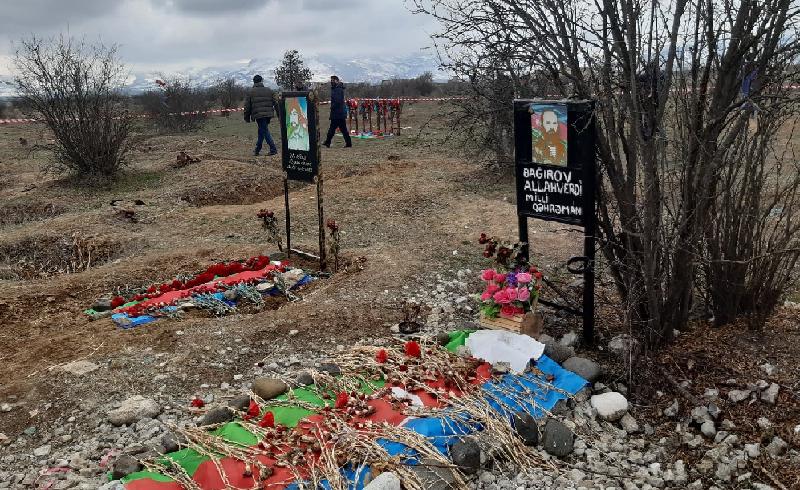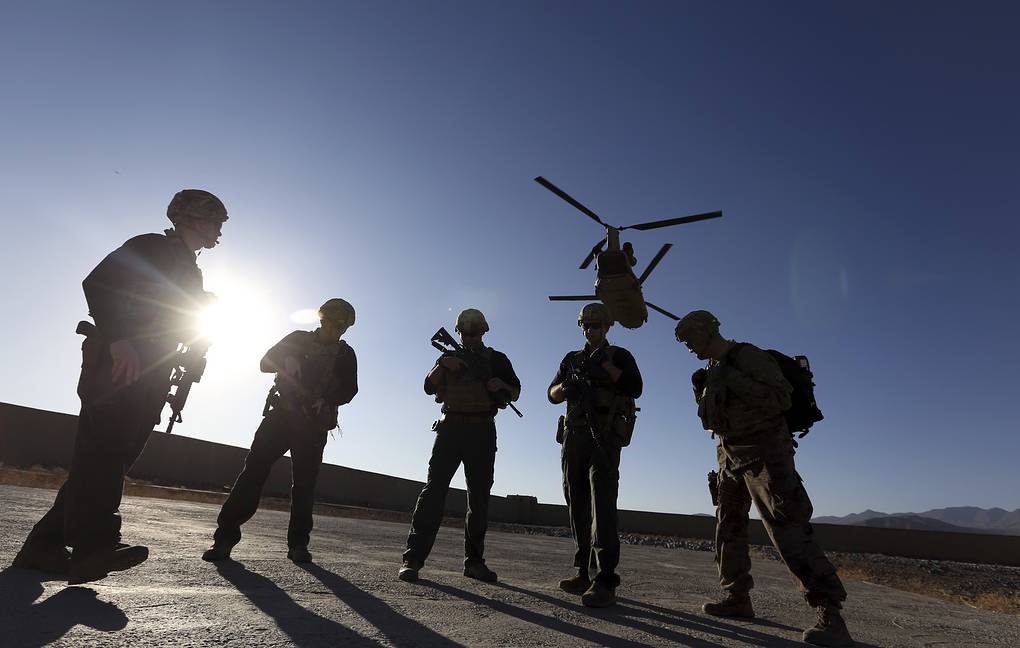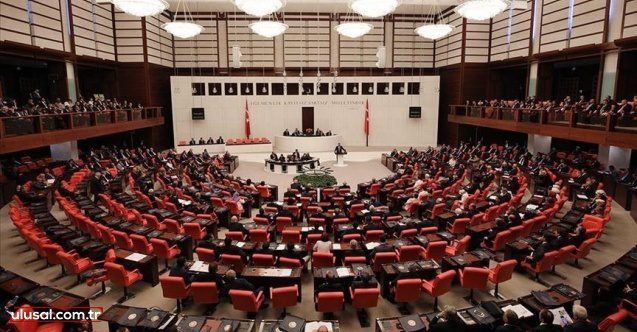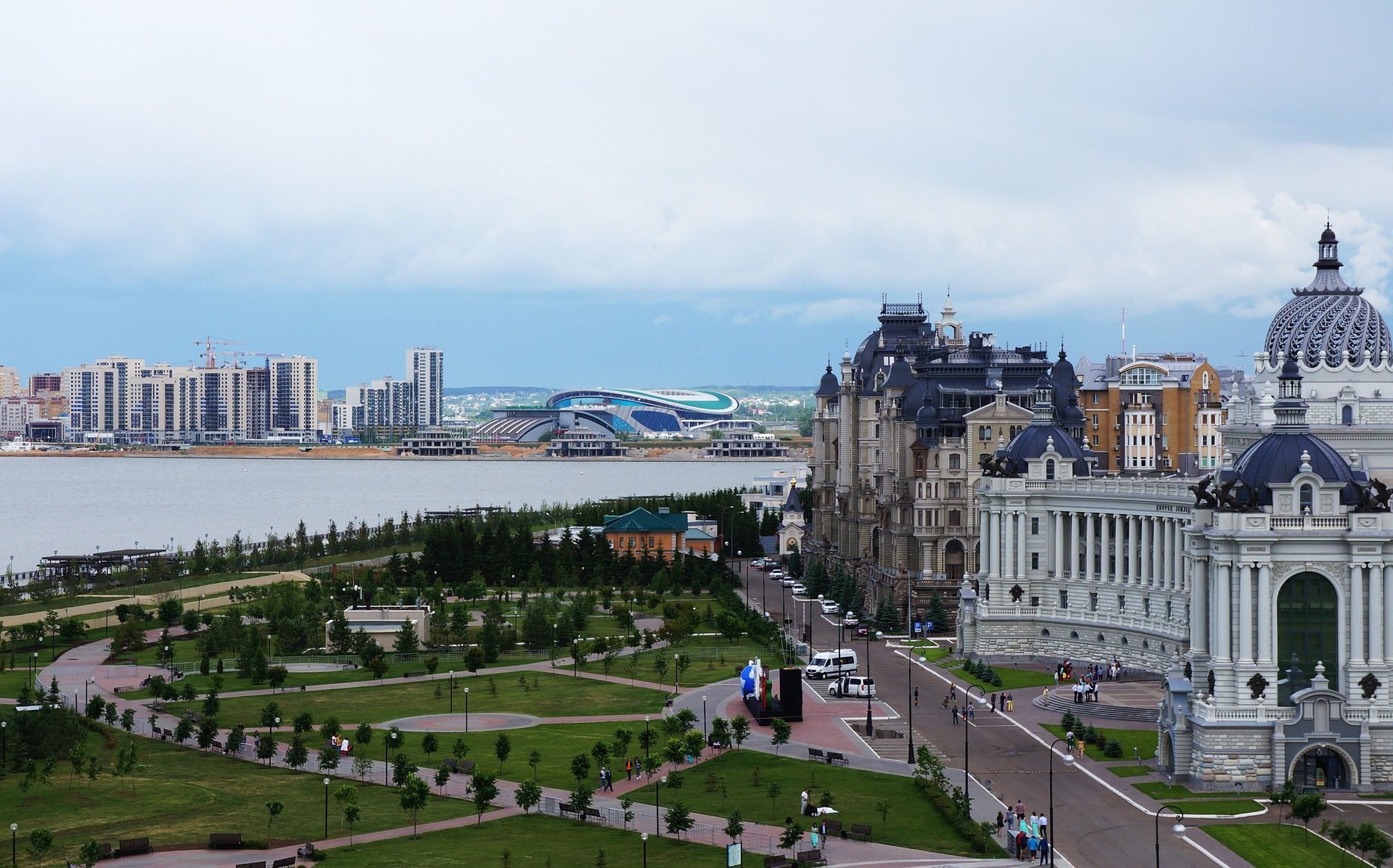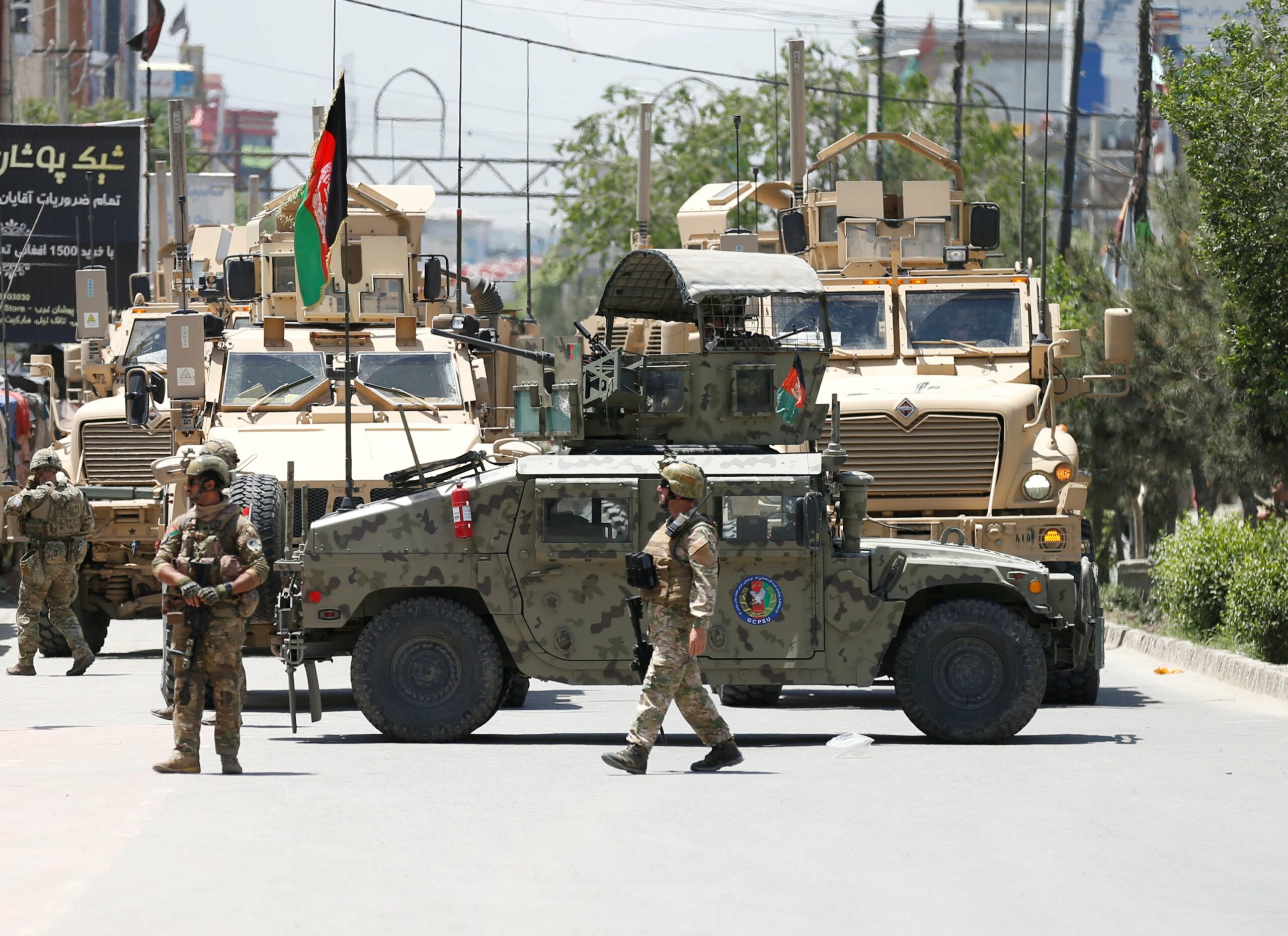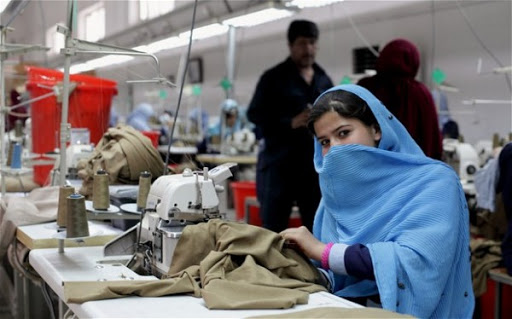By Azer HASRET, @azerhasret
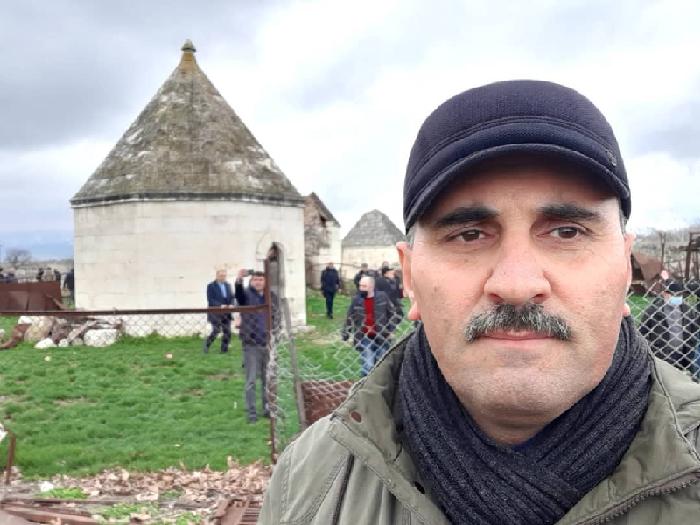
Those days – in 1993 I was a student. I got back to my native village Dadali (Khachmaz) after the completion of the 1st year in the Baku State University. After spending summer months there I would come back to Baku and continue my education. I lived in students’ hostel in the 1st year and was sure, that coming back after summer holidays will continue to stay in my room…
Heydar Aliyev, who was invited by the then President Abulfaz Elchibey to Baku to rule the country, just was starting to make things accurate. But every move was too slow. Because it was impossible to act and make changes quickly. In one hand Armenia’s aggression, in another hand forced internal chaos were main obstacles even for this very experienced statesman to rule the country. But instead of this very tough situation he was trying to move the country out of these difficulties and direct to the path of development. The chaos was another chance for the enemy. That’s why Armenia was not calm, but intensifying its aggression to widen areas of occupation.
As a result several other districts around occupied Nagorno Karabakh were occupied by Armenia. On July 23, 1993 including Aghdam city itself the most part of this district was occupied as well.
I got back to Baku at the end of August, 1993. While reaching the city directly moved to the Baku State University’s hostel in order to get my room. While reaching the place approached the 4th level in the building and after few minutes I was in front of my room’s door. I tried to open the door. But couldn’t manage. Then stood a bit. While I was standing and thinking of opening the door, heard some voices from inside. Someone was approaching the door. Once I was thinking, the door opened. There was a young lady in front of me. I remember as today: her face was faded, but beautiful. Seemed sad. Was broken, but beautiful. Looked straight at me as dried up. Couldn’t manage to say a word. I stood as frozen. Then I looked at her in a moment and rolled away my eyes. Afterwards gathered my courage and could whisper: “madame, this is my room”. She understood what I did mean. And asked: “OK, have you lived in this room? I will bring your goods, I have collected them”. Then turned into the room, stepped inside. Bit a while got back with my suitcase. Saying “just please” handed it to me and again looked at me with her frozen views. This time I looked at her face as well. I dived deeply into her eyes and felt her sadness there. It was impossible not to feel that. I saw this and understood her. That’s why saying nothing took my suitcase and thanked her, stepped away…
The following years with no reason I always thought, that the lady was from Aghdam. There was no doubt that she was from Karabakh and an IDP. But why did I decide that she is from Aghdam? Up today I can’t understand this. She did not tell me where is she from, and I did not ask that…
Aghdam remembered to me with this memory as well. That Aghdam, which after 1993 remained under the occupation of Armenia for very long time. As remained under occupation its white roofs turned darker. Demolished, collapsed, burned down and was to be wiped off the earth. And once people of Azerbaijan, and the state itself came to the senses, made its spine straight and on November 20, 2020 Aghdam was freed from the occupation. Armenia was not able to stay in front of the power of Azerbaijani Army anymore. It had to step off from Aghdam as well.
Now Aghdam is free. It is under control of our state as other lands of Karabakh. We have already started rebuilding it. But this seems to be long lasting. Because the enemy has left thousands of sq km of mine paved lands. These lands need to be cleared of mines which will take a while. Aghdam is one of those lands.
…On March 13, 2021 with the order of the President of the Republic of Azerbaijan and under the guidance of his aide Hikmat Hajiyev a group of civil society actors and journalists headed to Aghdam. It was exiting. What were we expected to see on the lands, which are liberated from the enemy’s occupation? We knew that those areas are totally destroyed. Even we had some estimates as well. But once again it was interesting what is waiting us there.
We arrived. We passed to the liberated part of Aghdam through the control point. Immediately we saw the turned upside down lands which was opposite of those that we left behind control point. These were the ruins of owl. Not only buildings, but the soil itself was upside down here. These views couldn’t not hurt our hearths. Occupant Army of Armenia had dug up every cm of the land here. Blinds, trenches, fortifications – everything was telling that the enemy was preparing to the great war. They made preparations to make our beautiful, productive lands a blood vessel once again. Seeing this I thought that it was indeed great that Azerbaijan managed to force Armenia to peace at the end and flee Aghdam with no war. If not due to those preparations warring sides could have huge losses. So we were right while relied on the strategic intellect of the Victorious Commander-in-Chief Ilham Aliyev!
…Just ruins are present everywhere on the way to the city of Aghdam. There is no any saved building even for the sample. Not just saved one, even no any building with the roof on, or with the walls staying not touched. There are heartbreaking views everywhere around. Trees and grasses are grown inside the most houses. Right directly in the center of the rooms. But once upon one could hear happy smiles behind these walls. Now these wall remnants even do not remember human sense. It is obvious that for long years no human being has lived here. Even no one was preparing to live. Instantly one can feel that the occupants knew that one day they will be forced out of these lands. That’s why they managed to destroy everything. And they looted the whole city! They did everything in order to prevent people from living in these lands. But they failed to achieve this goal: Azerbaijan is enough powerful to rebuild these lands once more!
…A little ahead – in a short distance to the city of Aghdam our buses had stopped. We took off the buses. There were a lot of stones in piles. We thought, these are the remnants of the destroyed houses. But we were wrong. That was the 2nd Alley of Martyrs of Aghdam. Yes, dozens of years ago that was a last stop of the martyrs. The enemy with the hyena character had dug even graves, looted even bones of the dead people over there, and turned the surrounding area to the owl nest in line with his character. As the land was mined we couldn’t go closer to the place. Just could only take pictures and film the scene from a distance in order to show to the world…
After a while we entered the city of Aghdam. We have seen the liberated city on the TV channels. We knew about debris of the city. But could not imagine the scale quite enough. Now being on the area we felt the tragedy – the spirit of the war on ourselves…
It is impossible to describe everything one by one in details. Because there is nothing different from each other. All views look the same. There are destroyed buildings all around. There is no building having the roof on it. Just walls of some buildings are destroyed totally, of others in part. So this is what is left behind from the city which once had some 40-50 thousands inhabitants. And the grass, trees, which are grown inside the walls of the destroyed houses cause the strange feelings. While looking around one thinks that who lived inside these walls? Or those who lived 30 years ago here, what would feel if would be here right now?
Unfortunately we were not allowed to walk through the city freely. Because every point of the city is mined. That’s why we had to follow only the way which was shown. But instead of restricted movement we could see a lot which was quite enough to understand, film and show. We looked, saw, filmed in order to show to the entire world. To show in order, that those seeing these pictures could understand our pain.
https://www.youtube.com/watch?v=VPX7BnJC2VI
Will they understand? We don’t know exactly. But we believe, that those who has a heart has to understand us. Otherwise it is impossible.
While Armenia has occupied the city in 1993 it suffered losses. But not so much as is present now. Now there is a city in front of eyes which is totally destroyed. It is annulled area. It is wiped off the surface. Even its cemeteries are looted. But once this was very beautiful city. This is the product of Armenian character. They do not only occupy, but after occupation the enemies implement an operation of destruction in order to wipe off the traces of history. To wipe off in order then to “prove” it, that those were “ancient Armenian lands”…
Thanks to our Army! If we would not support with tolerance Victorious Commander-in-Chief Ilham Aliyev’s far-seeing and well thought policy, it would not be easy to liberate our lands. We could manage this as a nation! We could become an iron fist, unite behind the leader, lead a war against the enemy in line with the standards of the 21st century! Remnants of Aghdam are in our hands! Let’s be that! We will rebuild it! Siting the words of the President Ilham Aliyev, “We will revive you again, Aghdam!”
P.S. Armenians are trying to show us – Azerbaijanis, even all Turks around the world as a vandals, barbarian nation. They claim that we have destroyed their historical monuments. If someone wants to understand who really are vandals and barbarian, that person needs just to see the remnants of the city of Aghdam. That would be enough to understand. Then everyone would understand that Armenians, who accuse us in vandalism, in reality are pasting those characteristics to others, which belong to themselves.
Dadali, Khachmaz
